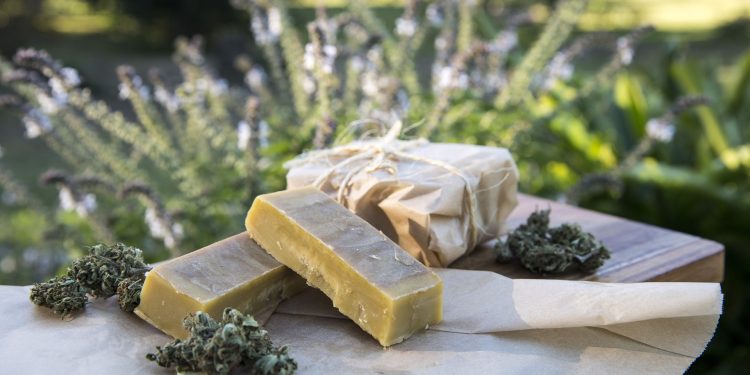The Art of Unsalted Butter: Mastering Flavor with a Pinch of Control
Unsalted butter, a seemingly simple ingredient, unlocks a world of culinary possibilities. While salted butter brings a delightful savoriness, unsalted butter empowers you, the baker or cook, to be the conductor of the flavor orchestra. Here,we delve into the world of unsalted butter, exploring its benefits, substitution tips, and the best online resources to elevate your culinary creations.
Breaking the stereotype of salted and unsalted butter.
The Allure of Unsalted Butter
Unlike its salted counterpart, unsalted butter offers several advantages:
- Precise Control: Baking, especially delicate pastries, requires a specific balance of flavors. Unsalted butter allows you to control the exact amount of salt, ensuring consistent and predictable results. This is especially crucial when using recipes with cocoa powder, which can have its own inherent bitterness.
- Customizable Savory Dishes: Whether crafting a creamy sauce or searing a juicy steak, unsalted butter lets you tailor the salt level to your taste. This is particularly valuable for those watching their sodium intake.
- Freshness: Due to the lack of salt as a preservative, unsalted butter often boasts a fresher flavor compared to salted options. This subtle difference can be a game-changer in delicate dishes.
Salted vs. Unsalted: A Substitution Symphony
Sometimes, unsalted butter might not be on hand. Fear not, baking enthusiasts! Here's how to substitute with salted butter:
- Reduce Added Salt: For every 1/2 cup (1 stick) of unsalted butter a recipe calls for, use the same amount of salted butter. However, reduce the recipe's added salt by 1/4 teaspoon. Remember, salt content can vary slightly across brands, so taste the batter or dish before adding more salt.
- Start Low, Go Slow: Always err on the side of less salt initially. You can always add more, but taking it away is difficult.
Additional Tips
- Buy Quality Butter: Invest in high-quality unsalted butter for the best flavor results. Look for butter with a high milk fat content (around 80%), which contributes to richness and texture.
- Store Properly: Unsalted butter, lacking the preservative properties of salt, can spoil faster. Keep it well-wrapped in the refrigerator for up to a month or freeze it for longer storage (up to a year).
- Tempering: For techniques like creating flaky croissants or puff pastry, tempering unsalted butter is crucial. This process involves warming the butter to a specific temperature to achieve the desired layering effect. Mastering tempering techniques elevates your baking game.
Embrace the Experimentation
Don't be afraid to experiment! Try both salted and unsalted butter in your favorite recipes and see what you prefer. Notice the subtle differences in flavor and texture. This exploration will deepen your understanding of both types of butter and allow you to make informed decisions in the kitchen.
Conclusion
Unsalted butter is more than just a baking ingredient; it's a culinary canvas waiting to be explored. With its versatility and the wealth of online resources available, you can unlock new levels of flavor and control in your kitchen. So, the next time you reach for a stick of butter, consider the power of salt and embark on a culinary adventure of taste and creativity!
























